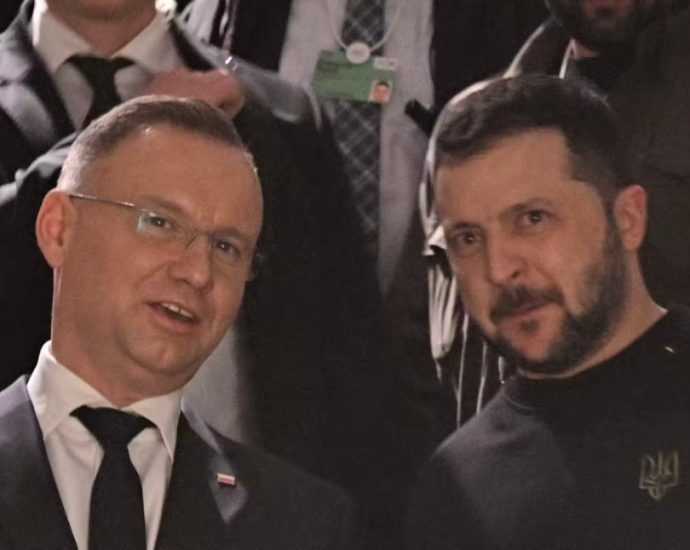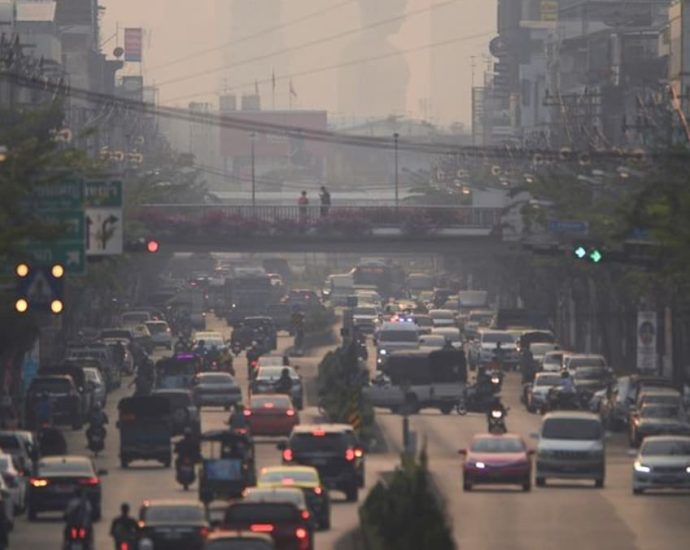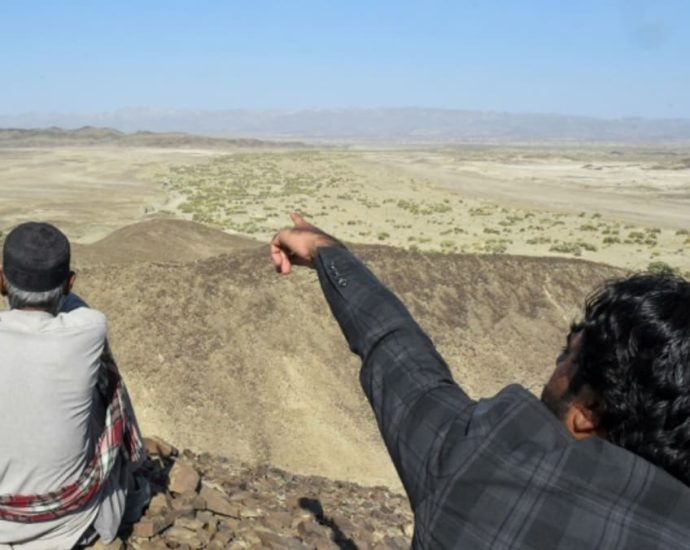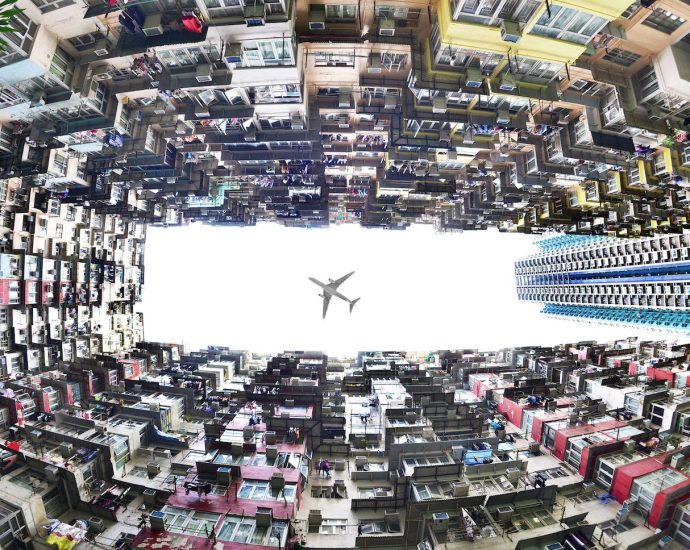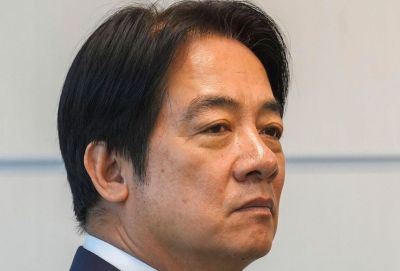Longboats, lanterns among fast-fading traditional Thai art forms, as locals fight to preserve important part of culture

LONGBOATS NO LONGER DRAWING INTEREST
Among the waning crafts is the construction of longboats.
A traditional longboat seats 55 rowers and stretches about 50m in length, as long as an Olympic-sized swimming pool, and takes two months to build.
The environment in longboat factories are typically dusty, dirty and hot.
Mr Athipat Saisoong, 36, started Sam Ya Sung Lui Racing Longboat Construction Factory about 10 years ago.
Back then, he had developed an interest in wanting to keep the longboat tradition and craft alive, and decided to join the sector.




